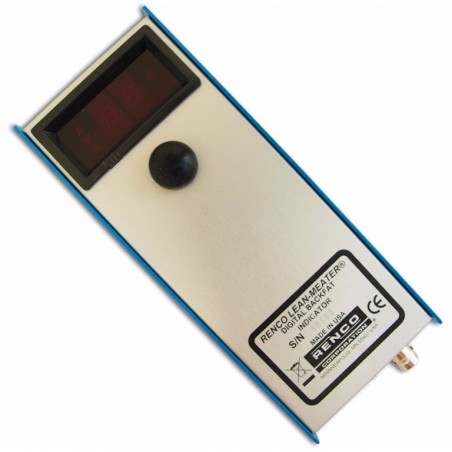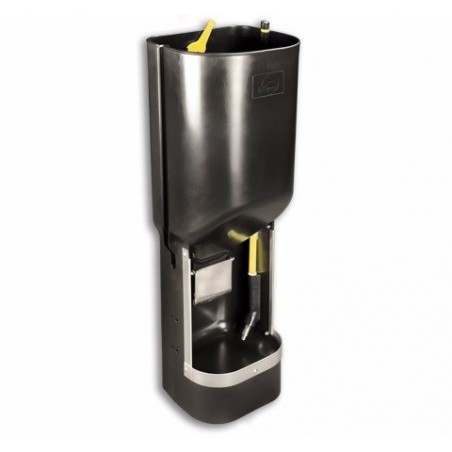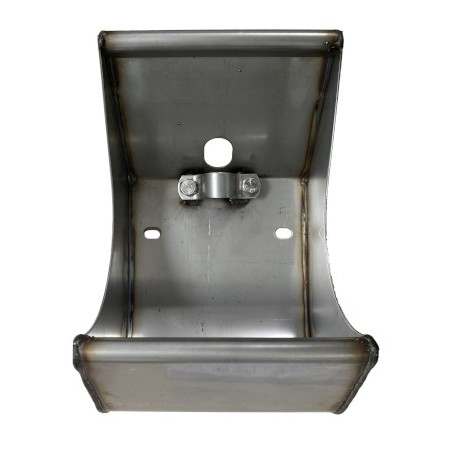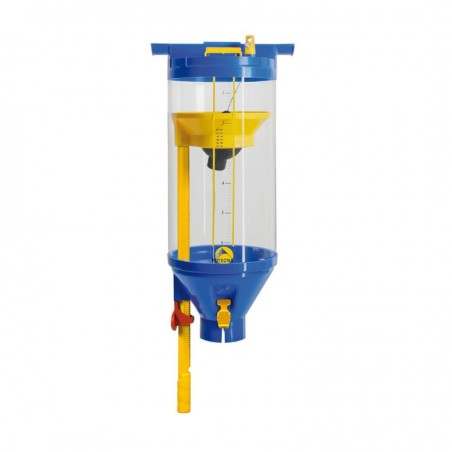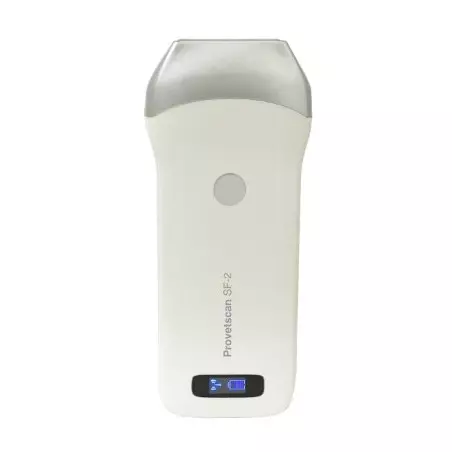The use of byproducts can mitigate feed costs. Previous research of this group revealed that enzymatically digested food waste (fruit, vegetable, meat, and dairy products) contains over 20% fat as DM basis. Although high fat contents in this product can benefit growing pigs and early finishing pigs, however, it may not benefit late finishing pigs. Therefore, the aim of the present trial was to evaluate meat quality and fatty acid profile from growing and finishing pigs fed with an enzymatically digested food waste. Fifty-six crossbred pigs (32.99 kg BW) were randomly allotted to one of 2 dietary treatments with 7 replicate pens and 4 pigs per pen. Feeding program utilized 3 phases: 1) d 0 to 28; 2) d 28 to 53; and 3) d 53 to 79. Dietary treatments were a typical corn-soybean meal diet as control and a liquid diet produced by enzymatically digesting food waste supplemented with vitamin-mineral premix. All diets met the current estimates for nutrient requirements of growing-finishing pigs based on NRC (2012). In phases 1 and 2, pigs were fed either control or liquid diet, while all pigs were fed the control diet during phase 3. One pig per pen was slaughtered at the end of the experiment. The longissimus muscle (LM) was excised from the posterior of the 10th rib to measure meat quality after 24 h chilling. Back-fat samples were collected to measure fatty acid profiles.
The liquid feed tended to decrease subjective firmness (2.43 vs. 2.86), but did not impact LM pH, marbling score, and objective color L*, a*, and b*. Pentadecanoic acid, margaric acid, myristoleic acid, palmitoleic acid, oleic acid, vaccenic acid, gondoic acid, EPA, and DHA in the back-fat samples were higher in pigs fed the liquid feed than pigs fed the control diet. On the contrary, feeding control diet increased back-fat palmitic acid, arachidic acid, linoleic acid, linolenic acid, and eicosadienoic acid compared with the liquid feed.

In conclusion, feeding enzymatically digested food waste to growing and early finishing pigs did not affect their meat quality and may benefit pork products by providing more beneficial fatty acids to pork consumers.
Jinno, C., Morash, D., Liu, Y. 2018. 328 Utilization of Enzymatically Digested Food Waste in Growing-Finishing Pigs. 2. Meat Quality and Fatty Acid Profiles. Journal of Animal Science, 96(2),176–177. https://doi.org/10.1093/jas/sky073.325




